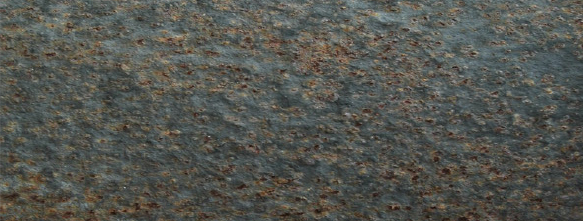in English: Material palette
- Päivitetty: 24.10.2024
- Julkaistu: 19.3.2019
The materials in Helsinki have a long life-cycle. They endure the challenging climate, and they are recyclable. The materials are defined according to their aesthetic qualities and use specifications from the point of views of weather conditions, such as rain, frost and sunshine. The strongest components of the visual identity are red-and-black granite and painted dark steel in street furniture. The specifications of surface finishing can be found under the title “Materials and surfaces”. More information about the surface finishing of steel and wood in furniture and accessories in Helsinki can be found
in the Design Manual of Street Furniture in Helsinki..
Sisältö
Granite, a basic material that defines the visual identity of Helsinki
The street scenery in Helsinki is defined by the use of natural rock in both surfaces and structures. The most typical rock type is granite. From the 19th century onwards, striped, red-and-black granite with rich colors and textures has been used to create a unique, “rocky” visual identity for Helsinki. At first, the red-and-black rock named “Helsinkiitti” was extracted in Helsinki. Helsinkiitti is the designated stone type of the city of Helsinki. The stone type was first found in the Kallio neighbourhood in the beginning of the 20th century. Nowadays, the closest corresponding look can be found in the red migmatite from Mäntsälä called “Aurora” (picture 2).
Red-and-black granite paving and the traditional Helsinki mix are used in the city centre. More information about the colour types and composition models that reflect the Sense of Helsinki can be found under the title “Granite surfaces, quality requirements and guidelines”.

Steel, painted, basic material that defines the visual identity of Helsinki
Coating instructions for painted steel can be found under “Material-specific quality requirements” in the Design Manual of Street Furniture in Helsinki.

Stainless steel, brushed
Stainless steel is especially fitting in products and locations that require weatherproof and abrasion resistant materials, such as handrails, trash bins, bridge railings and fences in seashore locations. Stainless steel stays clean and is almost maintenance-free. Stainless steel is always used in handrails.
The brush type of stainless steel in Helsinki in GRIT 180.
Material-specific quality requirements can be found under “Material-specific quality requirements” in the Design Manual of Street Furniture in Helsinki.

Wood, painted
Wooden furniture is mostly painted with opaque paints to increase the product’s durability.
Material-specific quality requirements can be found under “Material-specific quality requirements” in the Design Manual of Street Furniture in Helsinki.
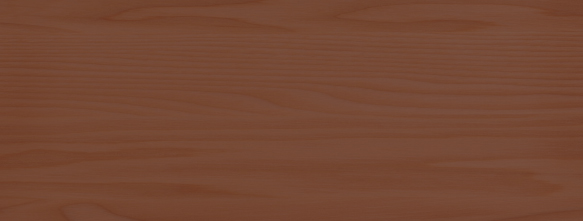
Rock dust
Rock dust is the most common material in alleyways and park promenades.
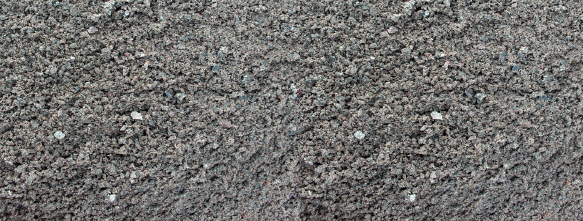
Asphalt, black and reddish brown
Grey asphalt is the most common surface material of roads, streets, cycleways and footways. Reddish brown, integrally colored asphalt (picture 2) is used in high-class cycleways (“baana”). The right color can be achieved by using red mineral aggregate and adding 5 % of hematite to the bitumen.
The quality requirements for asphalt can be found under “Asphalt surfacing”.
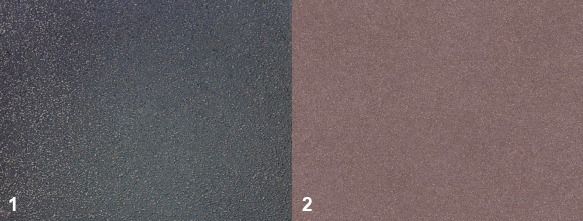
Concrete
The colours of concrete in Helsinki include grey and integrally colored black. Grey is used in concrete blocks and slabs. Both black and grey are used in furniture. The quality requirements for concrete in furniture can be found under “Material-specific quality requirements” in the Design Manual of Street Furniture in Helsinki.
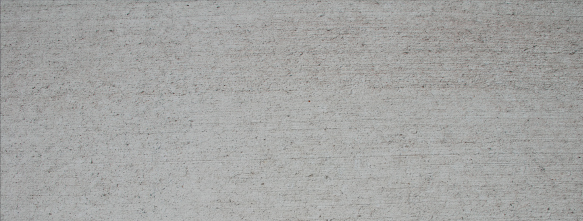
Cast iron
Cast iron is mainly used in historical furniture, such as fence posts, “birch legs” of benches and old fire hydrants. Cast iron can also be used in planters. Painted cast iron is used in street furniture.
Material-specific quality requirements can be found under “Material-specific quality requirements” in the Design Manual of Street Furniture in Helsinki.
